
Many people find the idea of composting intimidating, let alone vermicomposting. However, incorporating worms into your compost is easier than you think and yields nutrient-rich soil. Here's how you can do it:
Building Your Bin
- You can purchase ready-made bins designed for vermicomposting or make your own using thick plastic bins, wood (but not cedar), or even Styrofoam. An old Styrofoam cooler would work perfectly.
- Create several holes on the bottom, at least two rows of holes along the sides of the bin (one row near the bottom and one near the top), and holes on the top. Keep the holes about 2 inches apart.
- To keep fruit flies at bay, cover the bin with a piece of cloth.
- Fill the bin halfway with moist shredded newspaper, a bit of garden soil, and sand (about a handful each).
- Add at least 1,000 red wiggler worms and start the composting process.
- Place the bin in a cool, dark location like a basement or under the sink. Avoid putting it in an area that's too hot or too cold.
Managing Your Bin
- Open the lid as infrequently as possible.The worms hate the light and can get dried out.
- Make sure the bin has enough moisture. This typically happens with the food you add, but you can always spritz a bit of water if needed.
- Place your food scraps under some shredded newspaper to prevent fruit flies and odors.
- Each time you add food, only add a small amount and place it in a different location of the bin to avoid overfeeding your worms.
- Avoid meat, fish, dairy, fats, oils, or fermented items.
- Keep the total depth of your compost at around 1 foot or less to encourage good oxygen flow.
Harvesting Your Bin
- When the bin is filled with too much black cast (the product of vermicomposting), dump the contents of the bin on a tarp and separate the undigested material from the castings.
- Place the castings in a pile and the worms will seek it out to avoid the light. This will take a few minutes for them to burrow back into the pile.
- Gently brush away layer after layer of the pile until all of the worms have buried themselves at the bottom center of the pile.
- Put the worms back in the bin with fresh newspaper, soil, and sand bedding and start the process over again.
- Use the harvested casting material for your garden to help your plants grow!























































.png)

%20(25).png)
%20(24).png)
%20(22).png)
%20(21).png)
%20(20).png)
%20(19).png)









%20(12).png)









.png)





.png)
.png)

.png)

.png)


.png)

.png)





.png)
.png)





.png)



.png)











.png)









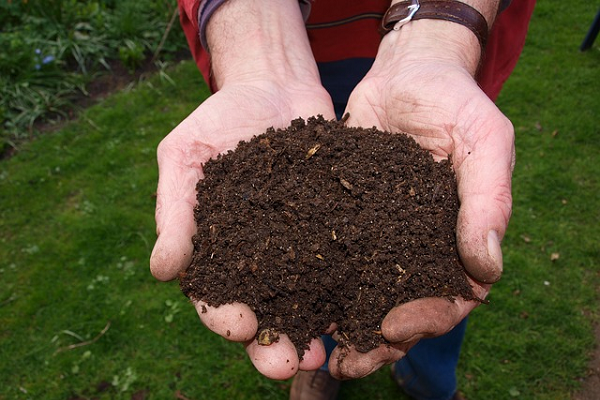
.png)

.png)






.jpeg)



.png)




.png)







%20resize.jpeg)



%20small.png)

.png)







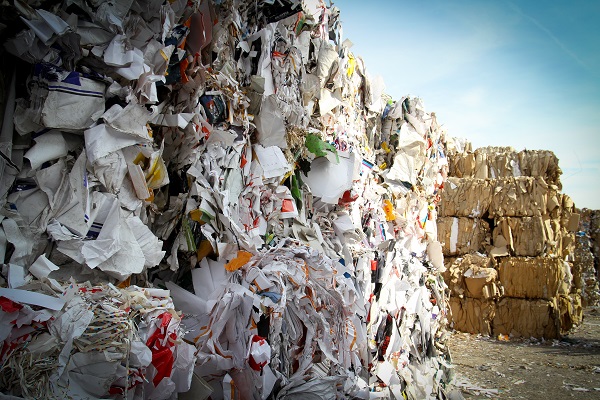
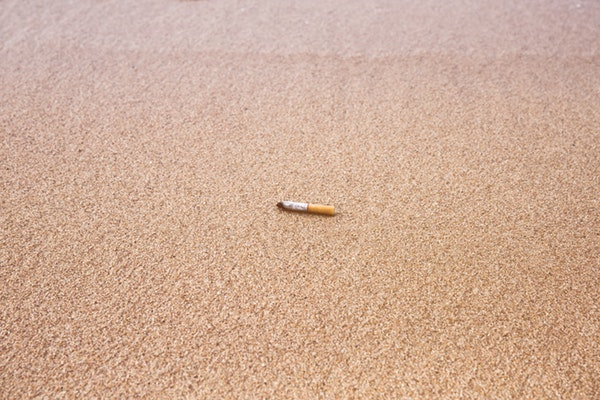
.png)

.png)

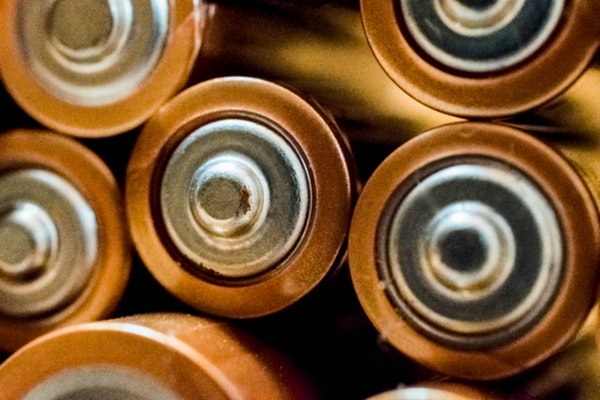
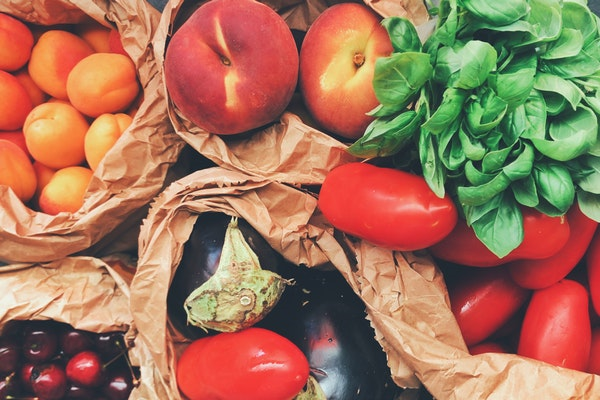


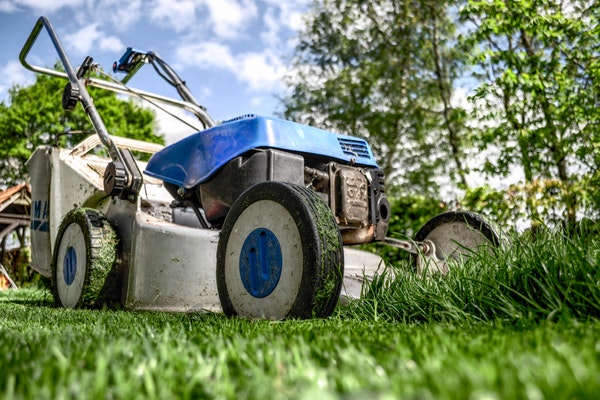



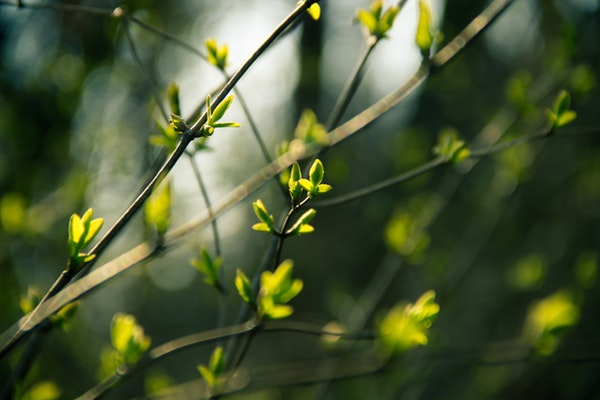
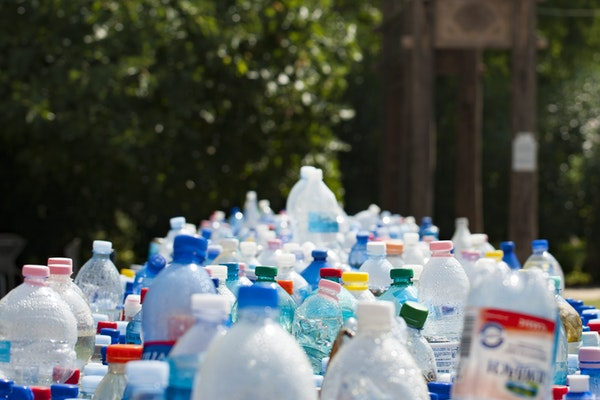

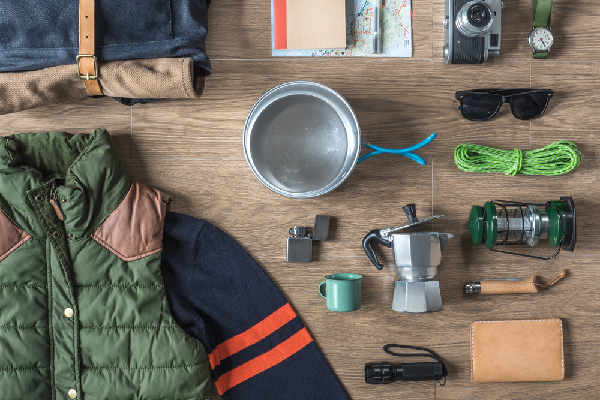


.jpg)
.jpg)
.jpg)
